ARTICLE AD BOX

- IOTA is moving past the hype by launching real-world blockchain applications in trade, finance, and identity
- The network now supports both MoveVM and EVM, enabling regulated and DeFi use cases in one ecosystem.
IOTA is advancing its infrastructure with live deployments that separate it from speculative blockchain narratives. According to updates shared by IOTA contributor Rayleigh_IOTA, the network is already hosting tokenized U.S. Treasury Bills through Realize Finance.
Its integration with the TWIN Foundation signals involvement in global trade systems, while Swirlstake enables liquid staking within the ecosystem and custody services with Zodia. The project also supports liquid staking on Swirlstake and offers Sharia-compliant features for adoption in the Middle East and North Africa (MENA).
 Beyond the Buzz: What $IOTA Is Actually Doing
Beyond the Buzz: What $IOTA Is Actually Doing
You’ve heard the buzzwords: L1, MoveVM, DeFi, real-world adoption.
But let’s look past the noise and into the infrastructure IOTA is really building.
(1/8)
— ipunk.iota | (Ø,G) (@Rayleigh_IOTA) May 14, 2025
Whereas other blockchain projects rely heavily on proposals and speculations, IOTA has already achieved real milestones. The current live validator setup consists of 13 mainnet nodes and plans to expand to over 150, strengthening the network’s decentralization goals.
Rayleigh further noted,
“While other chains chase headlines… IOTA is quietly building the backbone of on-chain global trade, compliance, and finance. No hype. No price pumps.”
MoveVM Powers Regulated Innovation
At the core of IOTA’s progress is its redesigned Layer 1, built on the Move programming language. While Move powers ecosystems like Aptos and Sui, IOTA’s version offers what proponents call better tokenomics and no venture capital control. It’s tailored for regulated environments, enabling safe deployment across financial, identity, and trade use cases.
The smart contract framework supports fee-less transactions, audited contracts, and finality times of around 400 milliseconds. Such features aim to support high-frequency use cases like IoT micro-transactions and institutional processes requiring precision and security.
IOTA’s architecture runs on a dual-stack model: MoveVM for compliance and security and IOTA EVM for DeFi compatibility. This offers developers two powerful lanes within a unified ecosystem, allowing both regulated deployment and open finance experimentation.
Validator Network Expands as Innovation Program Launches
IOTA’s decentralization plan is gaining traction. Its mainnet launched with 13 validators and plans to scale beyond 150. Community staking and delegation are already active, giving users direct participation in network security. This validator rollout underlines IOTA’s infrastructure-first strategy.
Simultaneously, the network is investing in projects through its Business Innovation Program (BIP), as CNF reported. The BIP was announced earlier this year and provides each selected project with access to Network infrastructure and up to €100,000 in funding. These selected projects address major worldwide issues in the areas of digital identity, product data integrity, and sustainability.
Implementation of the Rebased Protocol and other upgrades is setting the stage for enterprise-ready blockchain services with IOTA. The BIP projects are already leveraging IOTA’s advanced features, showing that the network is actively promoting widespread use.
IOTA’s unique dual-stack architecture makes it stand out by allowing the platform to serve a wide range of applications from the start. Rather than marketing projections, IOTA’s development reflects an active transition from concept to utility. IOTA was trading at $0.24 as of writing while experiencing a drop of 11% over the previous day.
.png)
 7 hours ago
1
7 hours ago
1
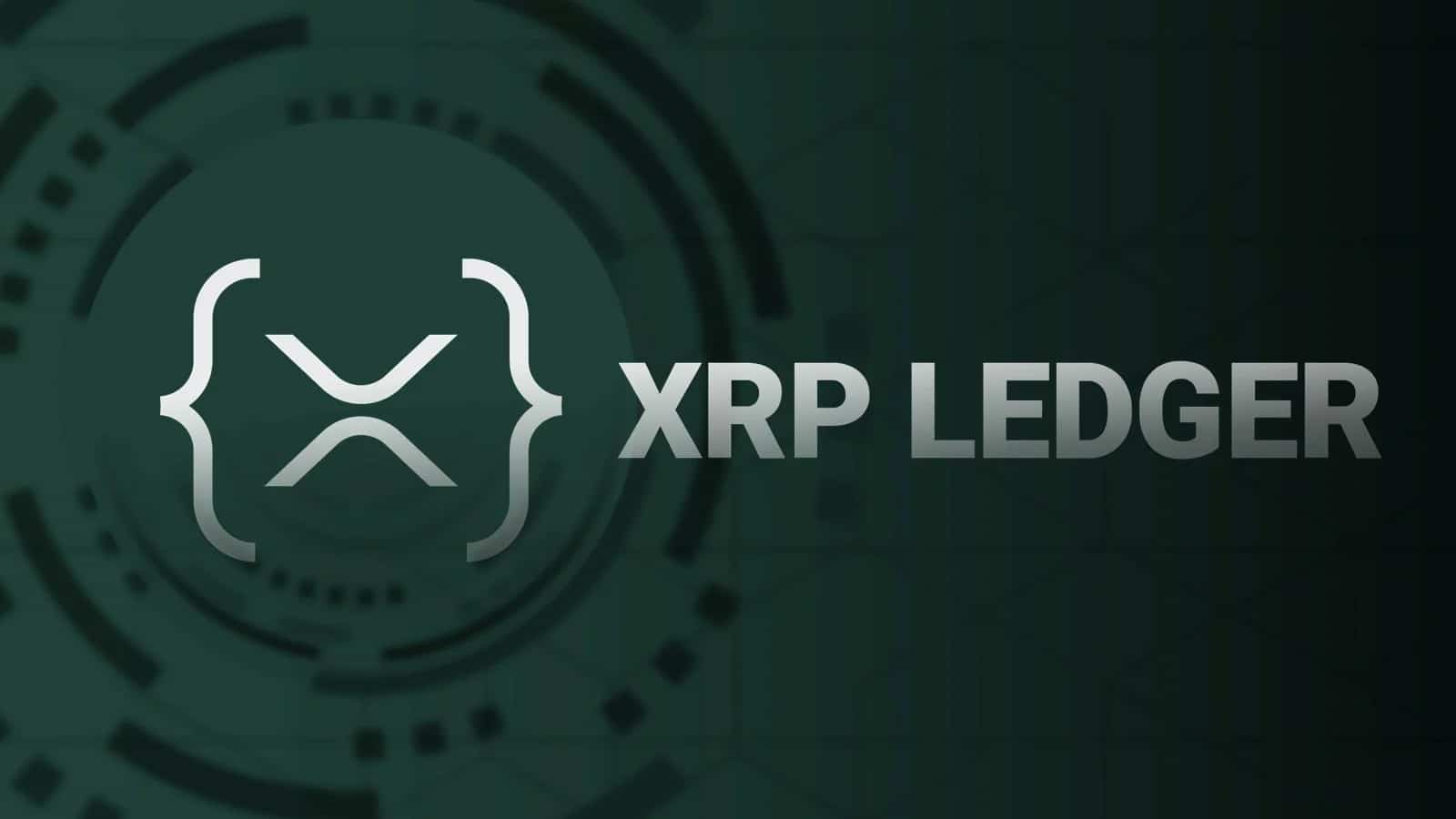
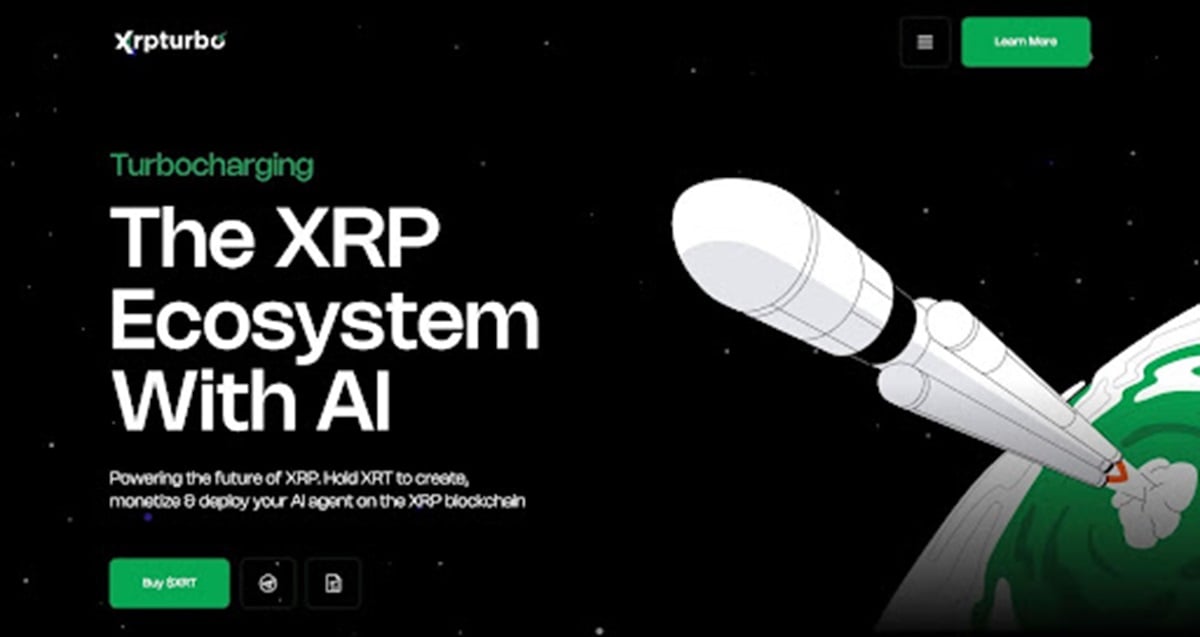
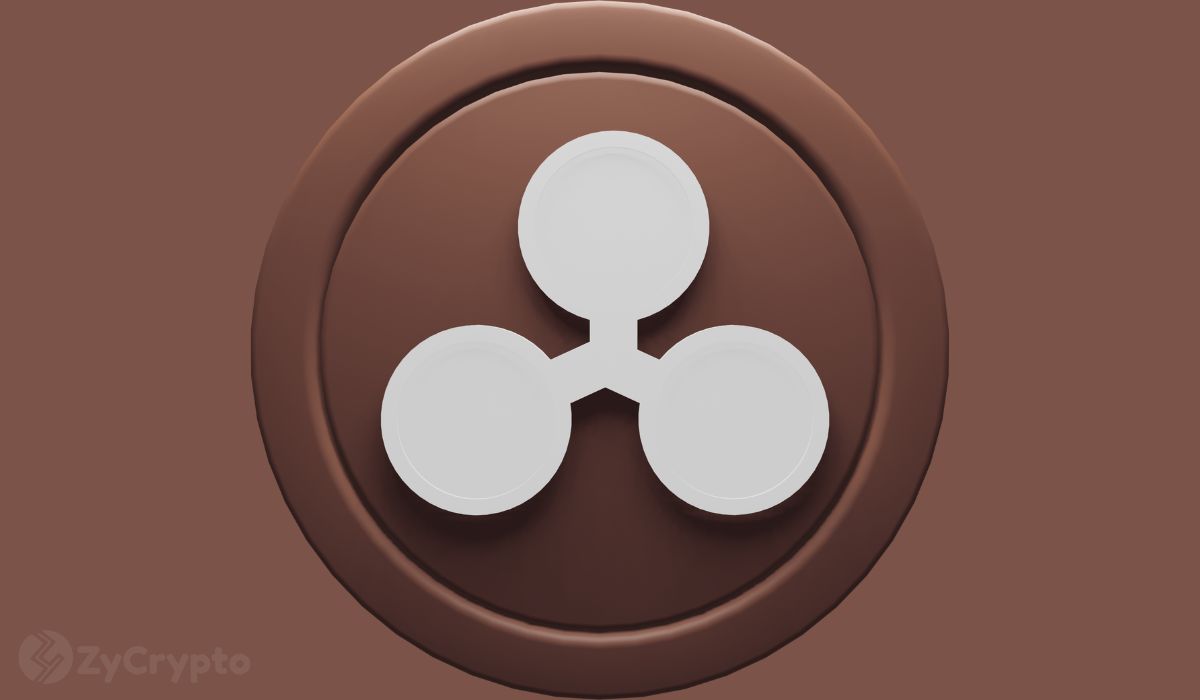
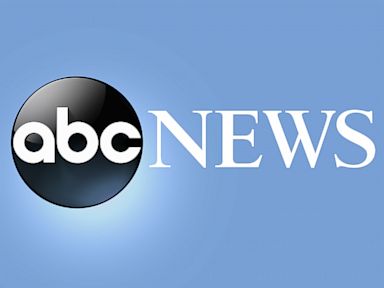


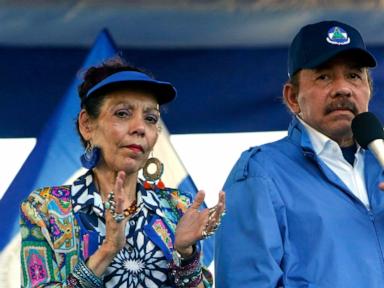

 English (US)
English (US)